Capstone Projects Move Businesses Forward
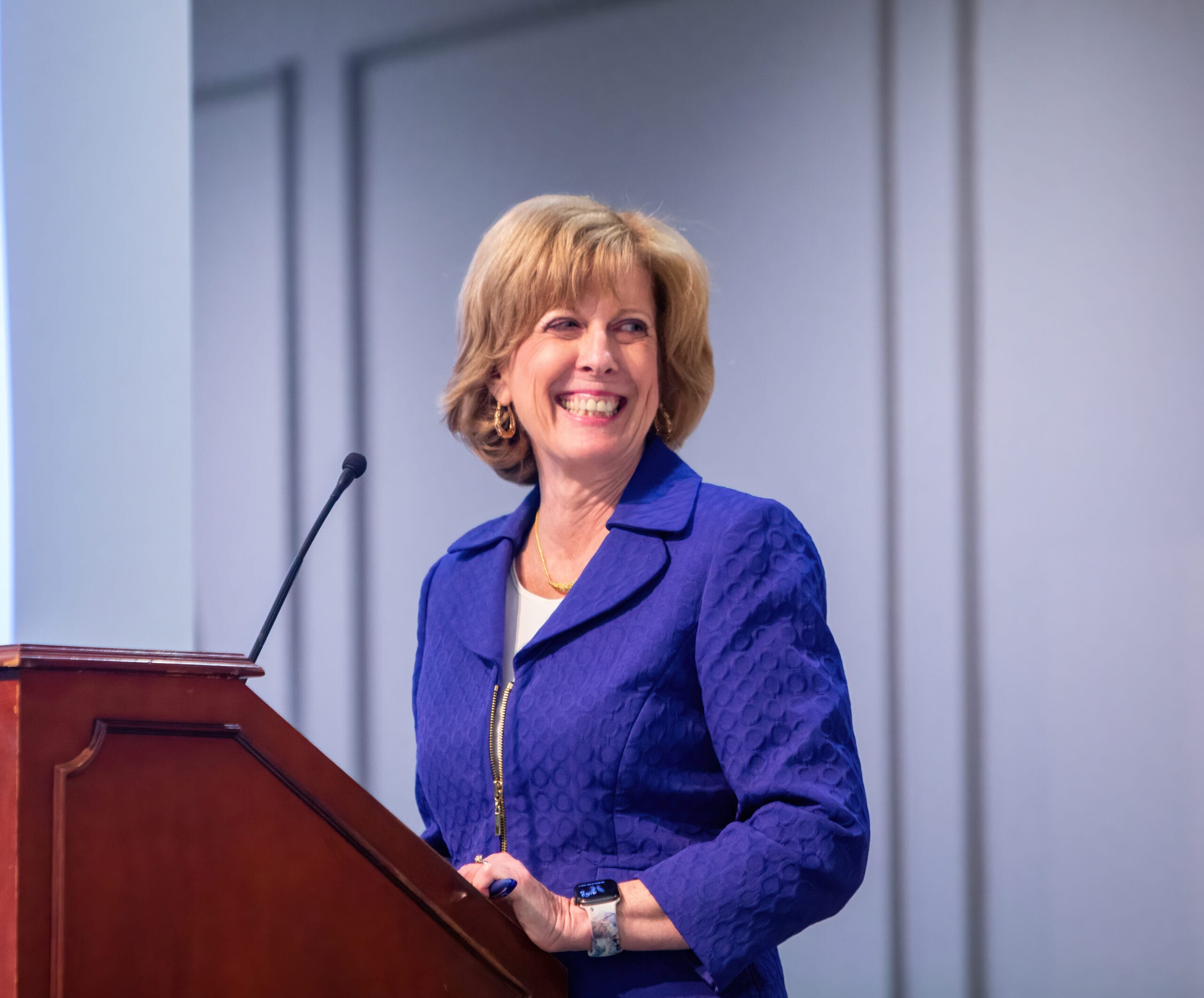
The Richmond MBA Capstone is a pro-bono, high-level, confidential consulting project that addresses a strategic question facing your organization.
Are you searching for an answer to a challenging business question? Is there a strategic challenge facing your organization that worries you? Could your organization benefit from the work of two MBA students focusing on that strategic challenge for you? If so, the Capstone is for you!
Under the supervision of a faculty advisor, MBA students research your issue, gather pertinent data, conduct an in-depth analysis, then provide you with recommendations and an implementation plan for moving forward.
Through the Capstone, we have worked with more than twenty-five VACEOs organizations, and I am seeking twenty new Capstone challenges for the 2023-2024 academic year. We love to work with VACEOs companies through the Capstone process.
More than six-hundred organizations worldwide – from corporate headquarters to local franchises and entrepreneurial ventures – have benefited from a Capstone. Sample projects include helping organizations develop strategies to increase revenues, enter new markets, launch new products, acquire or sell businesses, and attract talent. The Richmond MBA Capstone focuses on three basic types of projects that maximize returns and lead to the most innovative solutions for our clients.
- Market Entry / Expansion Strategy
- Strategic Decision Analysis
- Process Improvement Recommendations
The Richmond MBA Capstone program is top-notch. Two fantastic students analyzed a potential growth market and provided helpful strategic insights to our leadership team. The students were dependable and stayed right on schedule. The Capstone experience continues to be worthwhile for us and exposes us to talented people with great resources and even better ideas.
AMF Bakery Systems
The Capstone is the final piece of a Richmond MBA’s graduate studies. To qualify as a Capstone project, the issue being addressed must be closely tied to the strategic direction of your organization (or a major division or department). In developing recommendations for how the organization might resolve the issue, students synthesize concepts learned throughout The Richmond MBA program and demonstrate their real-world business applications.
By putting forward a strategic challenge, you not only help your organization, but you also provide opportunities for our students to be valuable resources and active participants in the Greater Richmond Community.
Let our students help you and your organization through their rigorous research and analysis, culminating in customized, solutions-based recommendations and an implementation plan for the challenge you are facing. Learn more about Capstones at The Richmond MBA
Debbie Fisher, Associate Director, Graduate Business Programs
DFisher2@richmond.edu | 804-289-8012
This Year, Focus on People to Grow and Prevent Setbacks

Two months into the new year, Fahrenheit Advisors wanted to know what’s keeping Virginia CEOs up at night. We talked to eight VACEOS Forum Members about their outlooks. While each leader operates in a different industry, most shared confidence in the months ahead and a similar approach to capitalizing on them: focusing on people.
- Recruit the right talent.
- Develop existing talent.
- Build a winning culture.
“The biggest issue is finding talent.”
For several leaders we talked to, recruiting is a top priority. Hiring the right talent, however, remains challenging, especially with unemployment at a 50-year low.
“Good people are working and have good jobs,” John Griffin, leader of Fahrenheit’s Executive Search and Recruiting practice, says. “There are not as many job seekers on the market, and volumes are lower than ever.”
Blame the somewhat uncertain economy for the talent shortage. While many of the business leaders we talked with remain optimistic about the future, inflation headlines and news about layoffs at big companies dampen enthusiasm for workers to leave a stable job for a new one, especially if they have families. If workers decide to move, current employers often convince them to stay with aggressive counteroffers.
Even in this environment, companies with aggressive recruiting goals can take steps to improve their chances of landing the right talent. Griffin advises companies:
- Provide more than a job description. Highlight your company’s culture, career pathing, and growth objectives.
- Communicate why people should want to work for your organization and how a job there can improve a candidate’s quality of life.
- Execute flawlessly on the interview experience with timely communications, transparent feedback, and prompt follow-ups. Top candidates tend to interview with multiple companies, making the interview experience critical.
“We need to prepare leaders better.”
As companies throw everything they can at recruiting, including salary increases, flexible work options, wellness opportunities, training, and more, CEOs we spoke with also are focusing on developing their existing talent.
Learning management systems, virtual training catalogs, and executive coaching give business leaders an arsenal of development tools to sharpen and expand workforce skills. Still, business leaders need to focus on people before the process.
“To develop and retain your top talent, start with an HR strategy,” Melody Donovan-Hopkins, a Fahrenheit human capital consultant, says. “Having a strategy ensures that workforce development aligns with business landscape changes.”
There’s no right or wrong approach to building an HR strategy, but Donovan-Hopkins notes some best practices:
- Affirm the company’s goals, behaviors, and mission.
- Identify what success looks like within the company.
- Assess employees by conducting a needs analysis and identifying skill gaps.
By aligning employee career development opportunities with organizational priorities and growth, an HR strategy supports career-pathing opportunities that provide employees with clear direction for lateral, promotional, and cross-functional opportunities.
An HR strategy that helps workers see and understand their career growth potential strengthens their commitment to learning new skills, taking on more responsibility, and staying with the company.
“Our focus is on culture.”
CEOs we interviewed are also thinking about their company culture, the underlying foundation for the success of any people initiative.
“If your culture is strong enough, your people are your greatest recruiters, they rally to your mission, and they are committed to your success,” Laura Bowser, leader of Fahrenheit’s Human Capital practice, says. “A strong culture fuels an employee pride that invests them in the organization’s success.”
To ensure culture remains strong, Bowser recommends assessing it every year.
Ask employees about the mission, vision, and values and their perceptions of the company’s brand, marketing, and communications. Responses will reveal what employees know and feel about these attributes and activities, and the insight will lead show leaders where work may be needed to strengthen culture.
Cultural change is hard work, takes time, and can’t be forced. “It’s like turning an ocean liner,” Bowser says, “but if you put it off, it’s never going to happen.”
And if it doesn’t happen, companies with weak cultures face uphill struggles with recruitment and retention that can derail growth. Bowser recently sat down with Brand Federation’s Kelly O’Keefe for a conversation about brand and culture’s impact on a company’s workforce.
People Power
As 2023 hits its stride, the CEOs and leaders we talked to have a confident approach to their businesses and the months ahead. They’re working to recruit and retain the right talent, sharpen their teams’ skills and capabilities, and create a winning culture.
It’s a smart approach.
People-focused initiatives provide long-term protection against setbacks and prime organizations to capitalize on opportunities, no matter the economic environment.
Thank you to the VACEOS Forum Members who shared their outlooks with us, including:
- Bob Clark, Baskervill
- Patrick Gallagher, Reliable Payments
- Warren Groseclose, Lawrence Companies
- Paul Habenicht, VetEvolve
- Darrell Jervey, Warehowz
- Terrence Kerner, Atlantic Constructors
- David Struminger, Virginia Linen
- Jeff Wrobel, Mutual Assurance Society of Virginia
International Women’s Day
I’m proud that the Virginia Council of CEOs and the Robins School of Business at the University of Richmond team up annually to recognize women in business. This year’s event is on March 9. It is free and intended for women and men who are leaders in business. I invite you to participate. Sign up here.
Recognizing and supporting women business leaders is important for several reasons:
- Promoting Gender Equality: Supporting women in business helps to bridge the gender gap and promote equality in the workplace.
- Diversifying Perspectives: Women bring unique perspectives and experiences to leadership positions, leading to a more diverse and innovative work environment.
- Driving Economic Growth: Research has shown that companies with gender-diverse leadership teams tend to outperform their peers, leading to stronger economic growth.
- Encouraging Women’s Empowerment: By recognizing and supporting women in business, we encourage more women to pursue leadership roles and empower them to succeed in male-dominated industries.
- Setting a Positive Example: By shining a light on successful women business leaders, we can inspire future generations of women to pursue their dreams and achieve their goals.
At the March 9 event, we will hear from RIR president Lori Waran, and I will lead a panel discussion on the topic of “Embracing Equity.” We know that lifting up women and growing more leaders makes us all more successful. Join us!
Scot McRoberts Executive Director Virginia Council of CEOs
VACEOs Announces 2023 Board of Directors
The VACEOs 2023 Board of Directors convened for a board retreat in Williamsburg to connect with each other and work on the future of the Council. Here is your board, and what they had to say about what VACEOs means to them.
Arlene Lee, Lee Construction Group, Inc.
“If you ask better questions, you get better answers.”
Ron Carey, Tilt Creative + Production
“I am a better CEO as a result of my forum group; I feel as though we’ve built a special connection.”
Corey Divine, Candidate Source
“I joined VACEOs to invest in myself and become a more well-rounded CEO. VACEOs has delivered and I have made life long friendships in the process.”
Matt Holland, Super Radiator Coils
“VACEOs is a place where I can access the collective experience of other business leaders to help me and my business grow.”
Jennifer Boyden, Heart Havens
“You can’t grow your business without growing yourself.”
Chris Leone, WebStrategies Inc.
“The future of VACEOs is bright! As a board member, I have visibility to all the ways VACEOs is looking to evolve with the changing business landscape. I couldn’t be more excited for its future.”
B. Scott Crawford, Virginia811
“It’s lonely at the top–unless you are a member of VACEOs, where a whole community emerges and the loneliness fades.”
Kelly O’Keefe, Brand Federation
“VACEOs has helped me become more confident in my leadership and more successful in my work.”
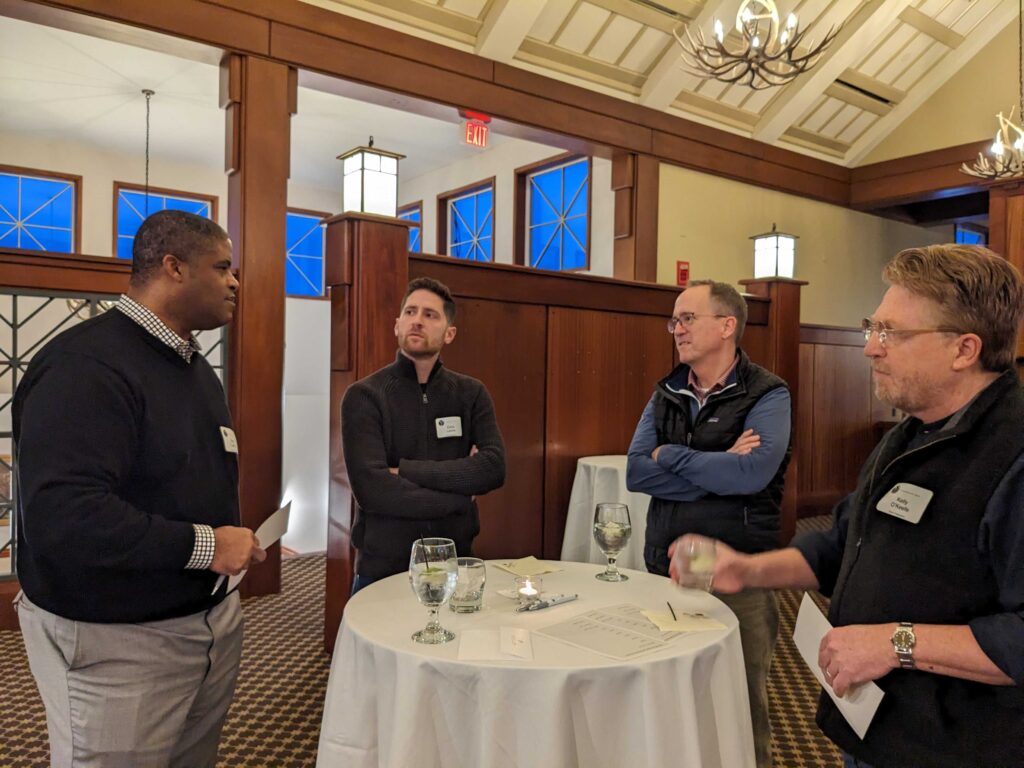

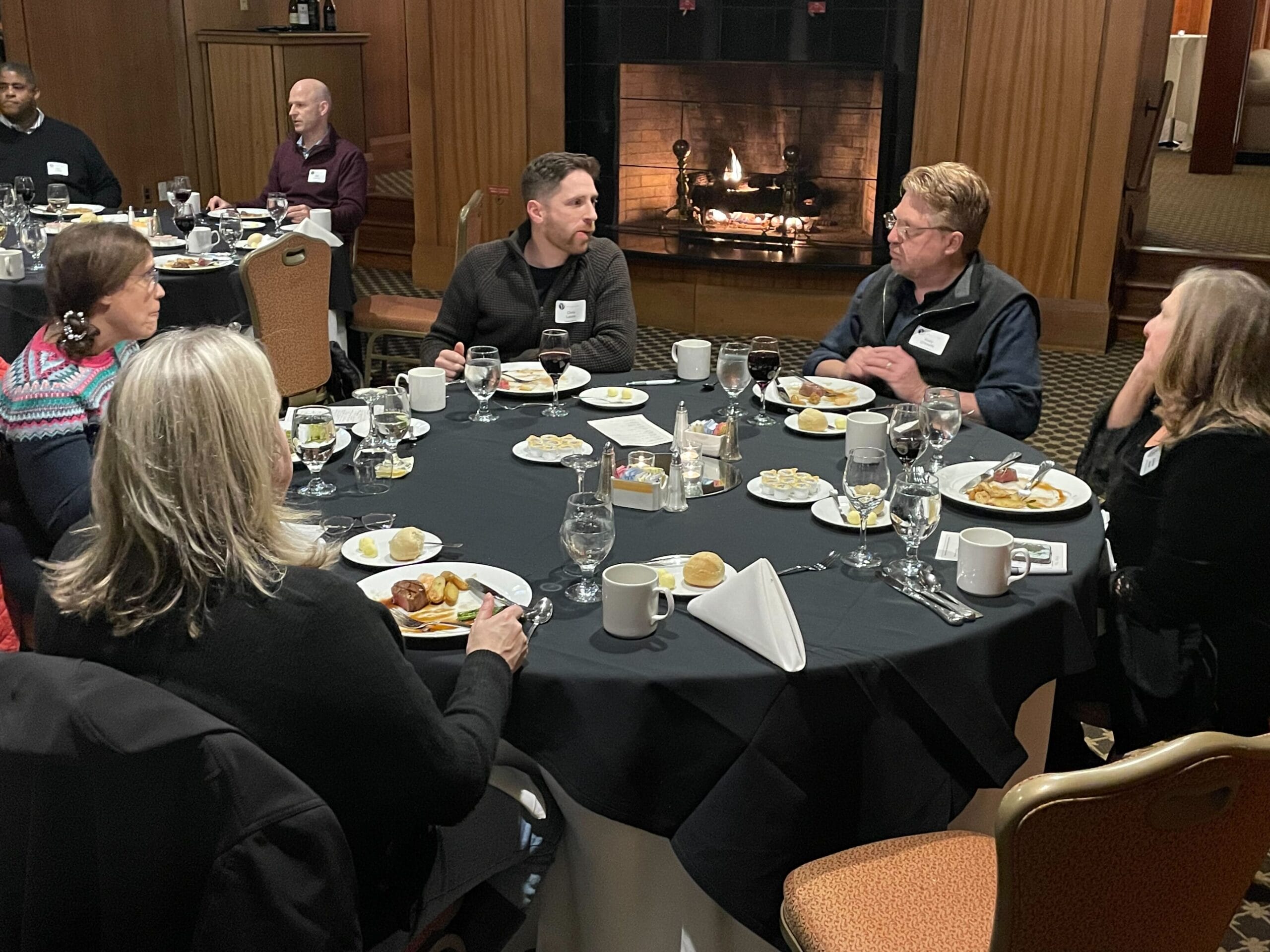
Virginia CEOs’ Economic Outlook Dims Slightly

Ninety-Six percent of CEOs identified either labor availability or inflation to be negatively impacting their business at this time with supply chain issues a distant third area of concern. That’s the latest from the quarterly CEO Economic Outlook Survey conducted by the University of Richmond’s Robins School of Business and the Virginia Council of CEOs.
Fifty-three percent of CEOs expect sales to increase, with 25% expecting at least a 10% increase, while 41% expect employment to increase over the next six months.
The survey found expectations over the next six months for sales and employment were both somewhat positive although expectations were generally down compared with each of the last three quarters. Expectations with regard to capital spending remained primarily flat.
More than half (53%) of CEOs indicated that they expect sales to increase over the next six months.
- 6% expected sales to be “significantly higher.”
- 47% expected sales to be “higher.”
- 25% expected sales to be “lower.”
- 22% indicated they expected no change.
Twenty-nine percent of CEOs expect capital spending to increase over the next six months (up slightly from last quarter), while 24% expect capital spending to decrease. More than 47% expect capital spending to remain flat.
Forty-One percent of respondent CEOs expect employment to increase over the next six months. Additionally, 49% expect employment to remain flat while only 11% expect employment to fall.
Taken as a whole, the results pertaining to sales, capital spending, and employment are less positive than the prior three quarters with the overall Economic Outlook Index decreasing somewhat (71.6 versus 73.4) relative to the results from the end of Q3 2022.
Additionally, CEOs were asked to rank order the degree to which labor availability, supply chain issues and inflation have negatively impacted their business. They reported the following:
- Labor availability had the most negative impact: 49%
- Inflation had the most negative impact: 47%
- Supply chain issues had the most negative impact: 4%
“The survey results suggest that CEOs see a bit of a leveling out of expectations in terms of growth over the next six months as well as ongoing concerns with regard to labor and inflation” said Rich Boulger, associate dean at the Robins School, who administers the survey and collects the responses. “The overall index is down slightly (71.6 versus 73.4 at the end of Q3 2022 and 93.7 a year ago).”
“Workforce challenges on top of inflation are keeping optimism down among our CEOs. That said, most of the business owners I talk with don’t foresee a hard recession, but a short, shallow slowdown forced by Fed policy” said Scot McRoberts, executive director of VACEOs.
Projected six-month sales, capital spending, and employment
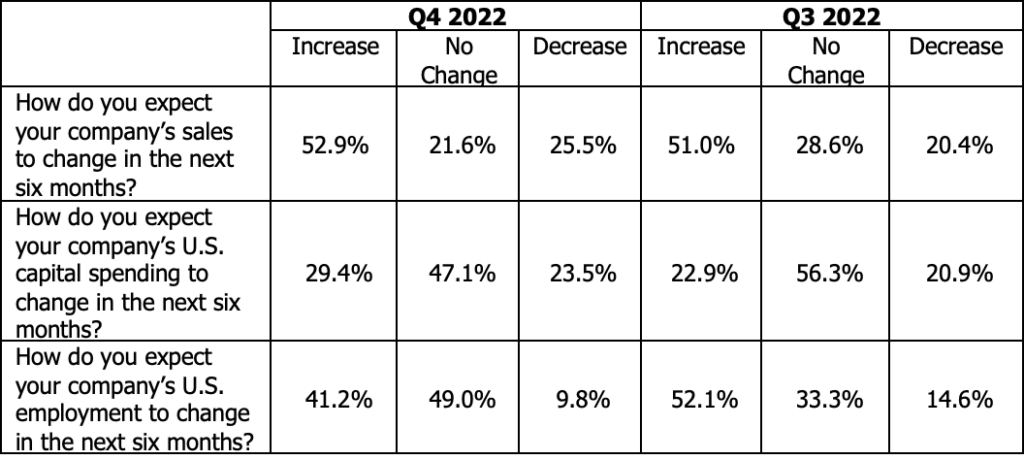
The Robins School and VACEOs jointly conduct the quarterly survey, which regularly asks about expectations for sales, capital spending, and employment, plus other relevant issues, helping Virginia companies anticipate business conditions and plan for growth. The Robins School adapted the survey from the Business Roundtable, an association of CEOs of American companies that conducts a similar survey nationally. Rich Boulger, associate dean at the Robins School, administers the survey and collects the responses. The quarterly survey has been administered since 2010.
Fifty-one CEOs responded to the survey, which was administered January 11 – 17. Multiple industries are represented in the sample although services and financial services represented the majority of the respondents. The average company whose CEO responded to this survey had about $12 million in revenue for the most recent 12-month period. The average employment was 44.

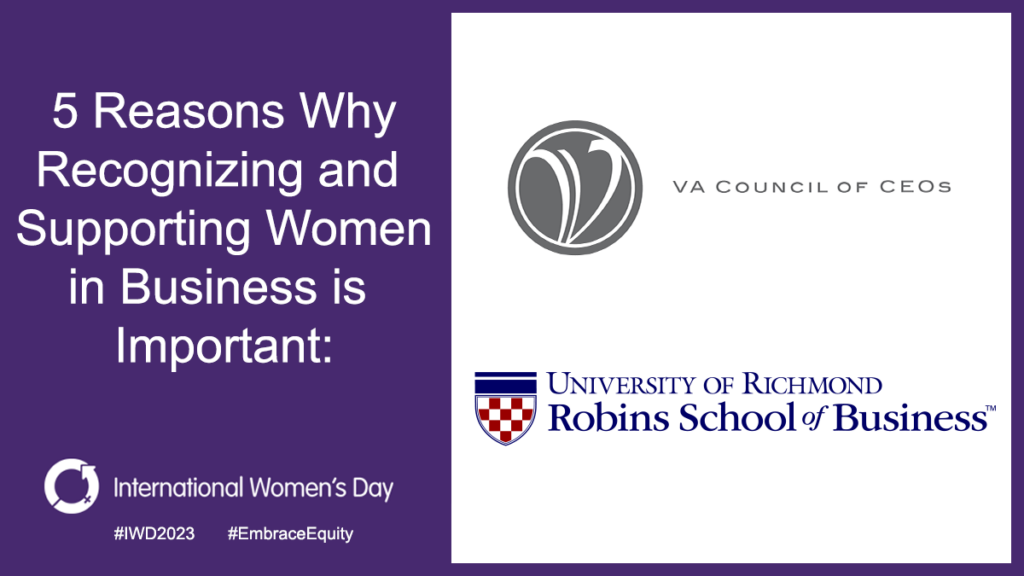
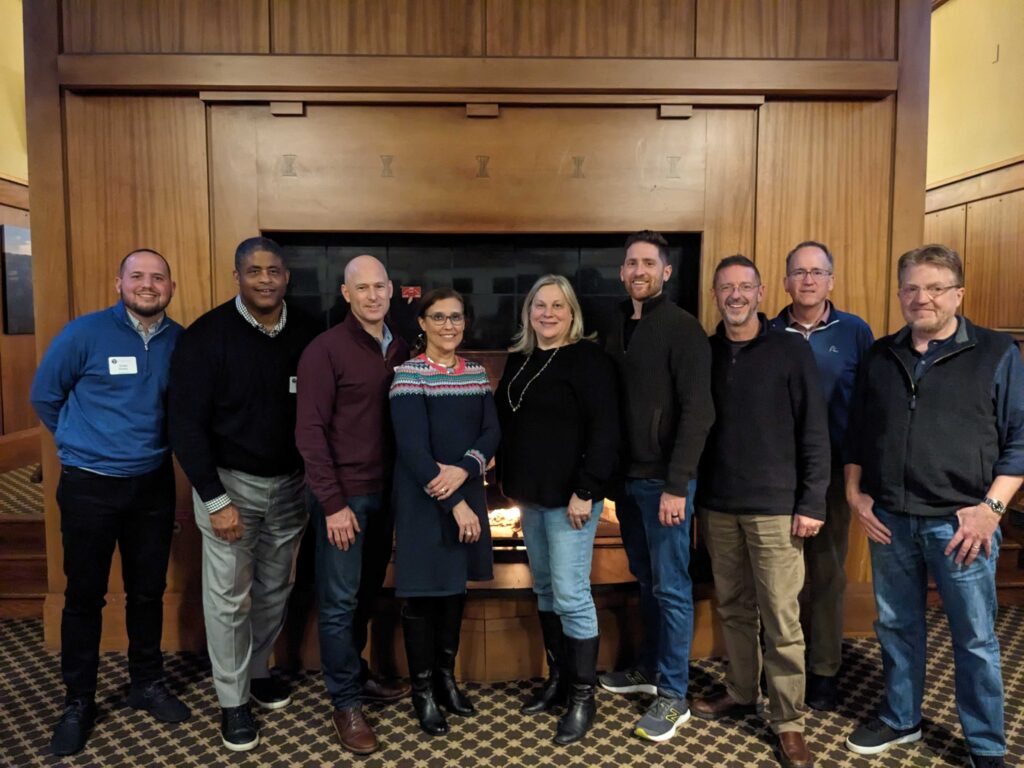
Recent Comments